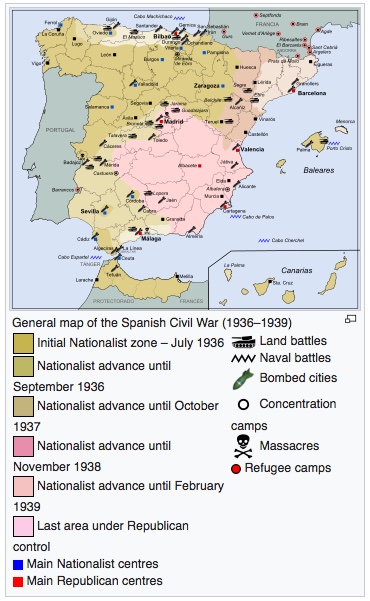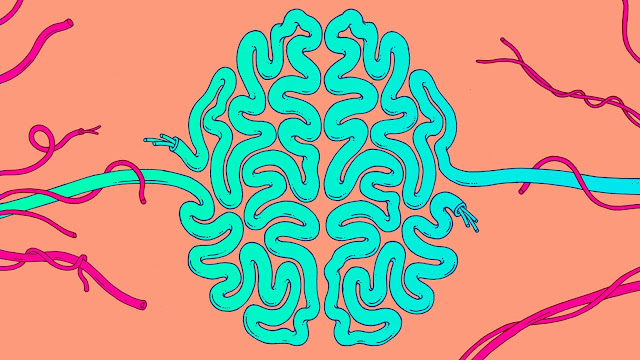The 4th merger of two black holes has been detected. How cool is that?
Astronomers have made a new detection of gravitational waves, named GW170814, after the day it was detected, that occurred nearly 2 billion years ago, and for the first time have been able to trace the shape of spacetime ripples sent when black holes collide. The announcement, made at a meeting of the G7 science ministers in Turin, Italy marks the fourth discovery of cataclysmic black-hole merger, and the first to have also been picked up by the Virgo detector, located near Pisa, Italy, reveals a new layer of detail on the three dimensional pattern of warping that occurs during the violent collisions of black holes.
The Virgo team has been hunting for ripples in the fabric of space-time since 2007. But it was being upgraded at the time of the historic first detection of gravitational waves by the twin laboratories of Virgo’s US cousin, the Advanced Laser Interferometer Gravitational-Wave Observatory (LIGO), and was also out of action for two subsequent sightings, according to Nature.com.
Virgo rejoined the hunt this year on 1 August, following a 5-year, €23-million (US$27-million) upgrade. And on 14 August, both it and LIGO picked up the gravitational vibrations emanating from a pair of rotating black holes, with masses of 31 and 25 times that of the Sun, as they merged together, physicists announced on 27 September at a press conference in Turin, Italy. The collision happened around 540 million parsecs (1.8 billion light years) away in the direction of the constellation Eridanus.
Stellar without question.































